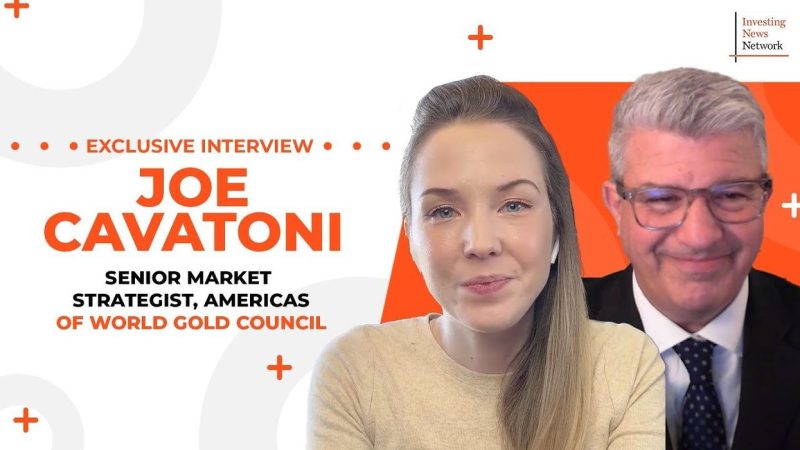In a recent development that has taken the financial world by storm, Joe Cavatoni, a renowned gold analyst, has shed light on the rapid shifts in gold prices driven by the Eastern markets. Gold, often seen as a stable and reliable investment option, has been experiencing notable fluctuations due to the changing dynamics of supply and demand in regions such as China and India.
Cavatoni’s insightful analysis points towards a crucial trend where the demand for gold in Eastern markets, particularly during significant events such as weddings and festivals, has a substantial impact on the overall price of the precious metal. As these markets continue to show a robust appetite for gold, the traditional Western dominance in setting gold prices is being challenged.
One of the key factors influencing this shift is the cultural significance attached to gold in many Eastern societies. Unlike the West, where gold is primarily considered as a store of value and a safe haven asset during times of economic uncertainty, in countries like India and China, gold holds deep cultural and religious significance. This strong cultural demand contributes significantly to the overall global demand for gold and plays a crucial role in determining its price trajectory.
Cavatoni also emphasized the importance of keeping a close eye on geopolitical developments and economic indicators in the East to gauge the future movement of gold prices. Factors such as currency fluctuations, trade policies, and inflation rates in key Eastern economies can all have a profound impact on the demand for gold and, consequently, its price in the global market.
Furthermore, the increasing accessibility of gold investments through platforms like gold-backed exchange-traded funds (ETFs) has made it easier for investors worldwide to participate in the gold market, further amplifying the influence of Eastern markets on gold prices. As more investors diversify their portfolios with gold assets, the demand-supply dynamics of the yellow metal are becoming increasingly interconnected on a global scale.
In conclusion, Joe Cavatoni’s expert analysis sheds light on the evolving landscape of gold pricing driven by the growing influence of Eastern markets. As cultural traditions, economic dynamics, and investment trends continue to shape the demand for gold in regions like China and India, investors and analysts must closely monitor these developments to navigate the complex world of precious metal investments successfully. The days of Western dominance in setting gold prices may be numbered, as the East emerges as a formidable driving force shaping the future of the global gold market.

